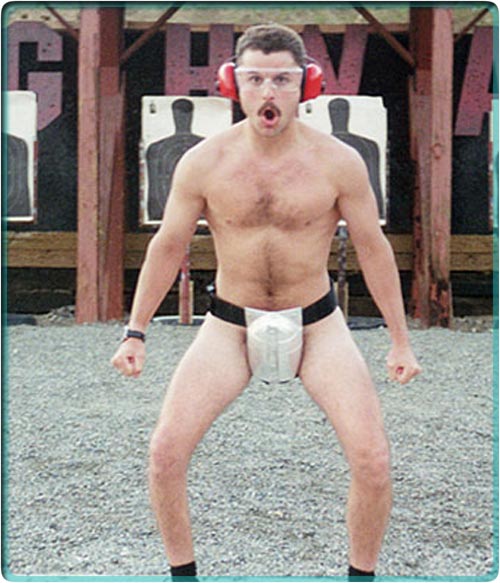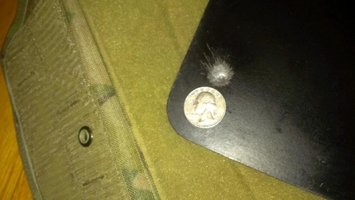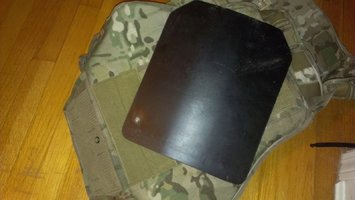The only reservation I have about steel plates is spalling - the bullet breaking on impact and basically shredding your face/neck/arms/balls with shrapnel.
Watch this video of a steel plate in a carrier being shot. Notice how quickly the carrier gets torn up by spalling:
I'm currently reading through an extremely long but informative thread on ar15.com about trying to figure out how to eliminate spalling. Basically the idea seems to be to wrap a steel plate in kevlar, or get some kevlar in FRONT of the plate in some way to absorb the shrapnel: http://www.ar15.com/forums/t_1_5/13...or__pics_of_final_test_in_the_OP_.html&page=1
Here's a quote from that thread that might make you think:
Steel seems to be a great option for SHTF use assuming you can figure out a way to mitigate the spalling.
Watch this video of a steel plate in a carrier being shot. Notice how quickly the carrier gets torn up by spalling:
I'm currently reading through an extremely long but informative thread on ar15.com about trying to figure out how to eliminate spalling. Basically the idea seems to be to wrap a steel plate in kevlar, or get some kevlar in FRONT of the plate in some way to absorb the shrapnel: http://www.ar15.com/forums/t_1_5/13...or__pics_of_final_test_in_the_OP_.html&page=1
Here's a quote from that thread that might make you think:
When we do lot testing on steel for armor, we mount the plates in 1000D cordura pouches and strap them up with 3" wide elastic straps. The straps last maybe two or three shots. Most of the time they are one shot and replace. The cordura pouches get shredded up pretty good too.
We get similar results on R&D plates with bare Al2O2 or SiC tiles on the strike face. Our old range had the concrete floor, cinder block walls, and ventilation shaft "etched" up pretty good at 50 feet. That's from several years of R&D on plates with no spall liner.
Steel seems to be a great option for SHTF use assuming you can figure out a way to mitigate the spalling.
Last edited by a moderator:

![Laugh [laugh] [laugh]](/xen/styles/default/xenforo/smilies.vb/012.gif)



![Roll Eyes [rolleyes] [rolleyes]](/xen/styles/default/xenforo/smilies.vb/042.gif)
![Wink [wink] [wink]](/xen/styles/default/xenforo/smilies.vb/002.gif)